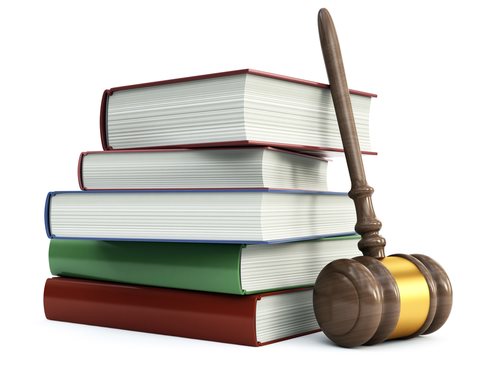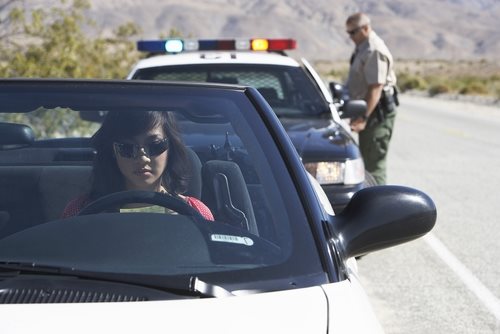Gibbons v. Ogden
 The Background of Gibbons v. Ogden (1824)
The Background of Gibbons v. Ogden (1824)
In 1824, the State Government of New York State allowed for 2 men – Robert Fulton and Robert Livingston – to maintain the authority to regulate the waterways existing between New York and New Jersey. Thomas Gibson, a facilitator of a commercial steamboat operation existing between New York and New Jersey, was permitted to operate his steamboats on an interstate basis. Aaron Ogden maintained that due to the fact that Gibbons’ actions occurred on an interstate level, the jurisdiction of regulation of Gibbons was under the jurisdiction of the Federal government in lieu of the State Government of New York State; Ogden insisted that Gibbons’ license be revoked. Gibbons’ attorney explained that the Commerce Clause of the United States Constitution expressed that the Federal government only be permitted to regulate commercial activity existing on an interstate basis that involves ‘Several’ states:
The Commerce Clause within the United States’ Constitution explains that the regulation and oversight of trade involving nations outside of the United States, Native American Tribes, and ‘Several’ States will be within the jurisdiction of the Federal Government
The Case Profile of Gibbons v. Ogden
The following is a case profile of the legal trial eponymously titled ‘Gibbons v. Ogden’:
Date of the Trial: February 5th, 1824
Legal Classification: Administrative Law; this legal field associated with events and circumstances in which the Federal Government of the United States engages its citizens, including the administration of government programs, the creation of agencies, and the establishment of a legal, regulatory federal standard
Accused Criminal Activity: The following criminal activity and charges were cited by Thomas Gibbons against Aaron Ogden within the appeal brought forth subsequent to the initial ruling:
Gibbons explained that Ogden’s claims were unconstitutional due to the fact that the participation of 2 States neither fell under the jurisdiction of the Federal Government, not the classification of ‘several’
United States Reports Case Number: 22 U.S. 1
Date of the Delivery of the Verdict: March 2nd, 1824
Legal Venue of Gibbons v. Ogden: The Supreme Court of the United States
Judicial Officer Responsible for Ruling: Chief Justice John Marshall
Involved Parties: The following are the parties named with regard to their involvement in the Gibbons v. Ogden case:
Thomas Gibbons; Plaintiff – Gibbons v. Ogden
Aaron Ogden; Defendant – Gibbons v. Ogden
Verdict Delivered: the Supreme Court ruled in favor of Ogden, explaining that the Federal Government was eligible for any nature of jurisdiction and regulation of interstate activity – regardless of the number of participatory States – as a result of the Supremacy Clause. This ruling also solidified the term ‘several’ to imply any nature of interstate commerce.
Associated Legislation with regard to Gibbons v. Ogden: The following statutory regulations were employed with regard to the Gibbons v. Ogden trial:
Article III of the Constitution of the United States – within Section 2 – illustrates a legislative clause untitled the Supremacy Clause, which allows the Federal Government to maintain authority over all legislation in the event that contrast and unfair advantage exists; this clause was imposed in order to ensure a uniform and equal legal process within the entirety of the United States



 The Background of Baker v. Carr (1961)
The Background of Baker v. Carr (1961) The Background of Gitlow v. New York (1925)
The Background of Gitlow v. New York (1925)

 The Background of Hamdi v. Rumsfeld (2004)
The Background of Hamdi v. Rumsfeld (2004) The Background of Arizona v. Gant (2009)
The Background of Arizona v. Gant (2009) Who is John Wayne Gacy?
Who is John Wayne Gacy? Who were Bonnie and Clyde?
Who were Bonnie and Clyde? What is Brown v. Board of Education (1954)?
What is Brown v. Board of Education (1954)?












